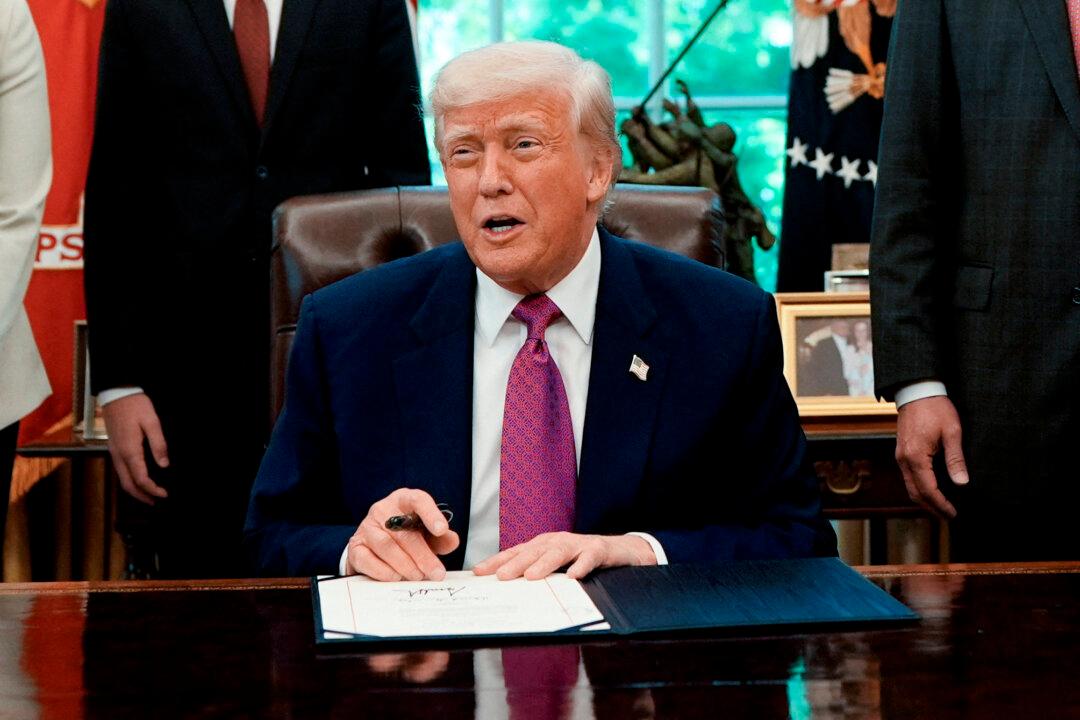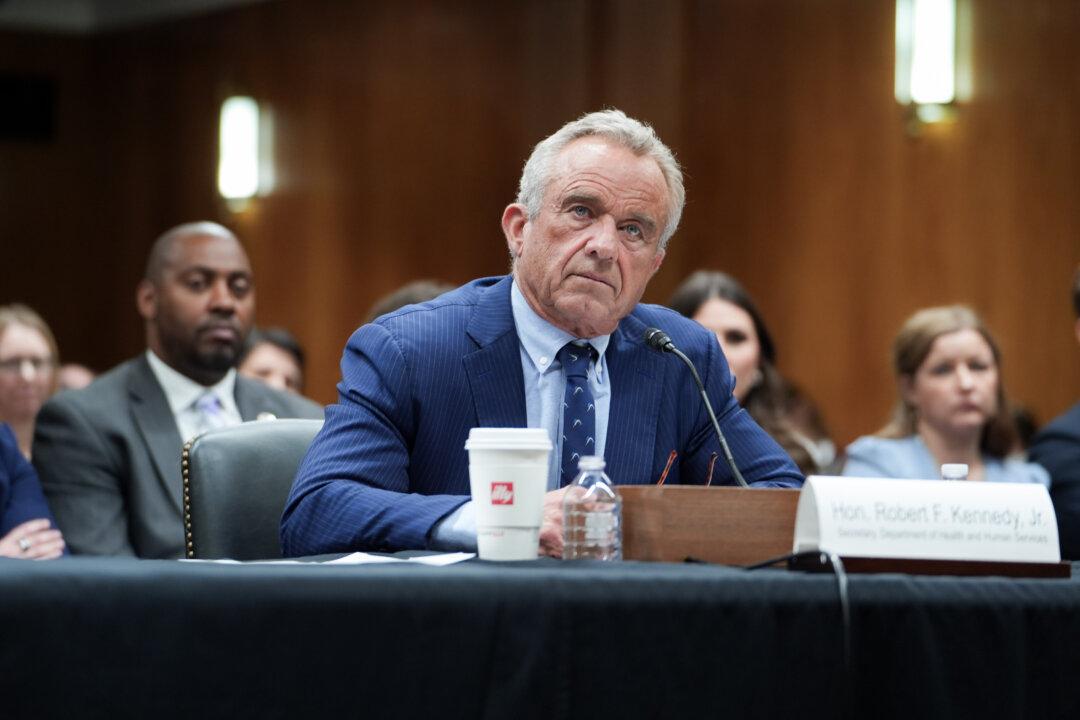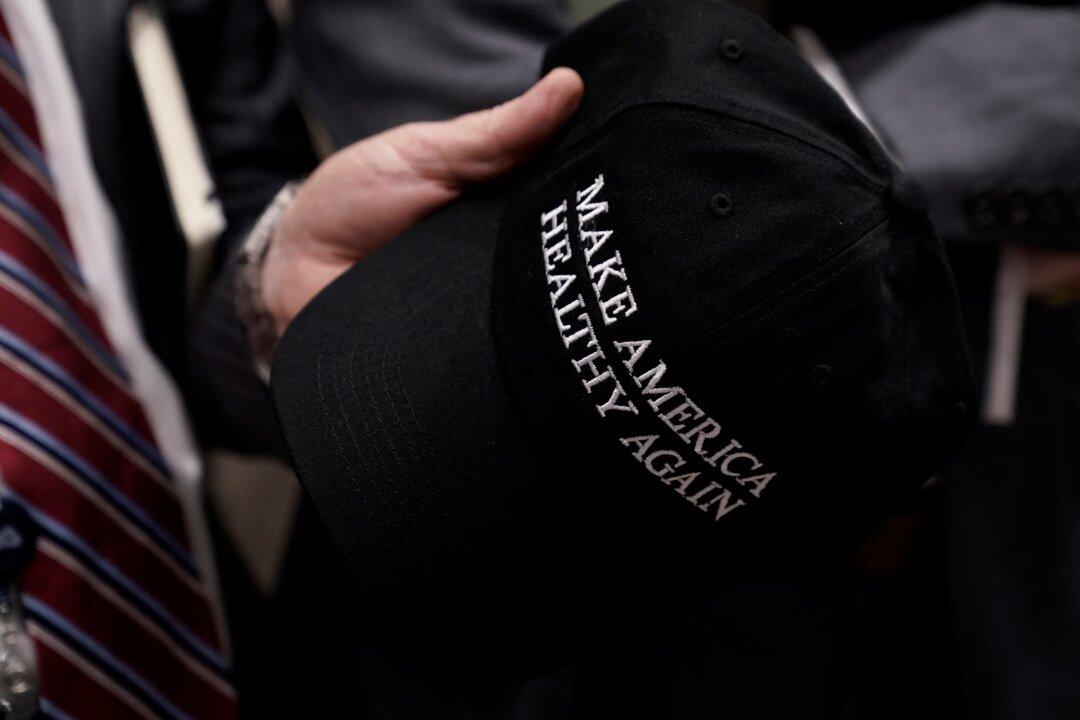U.S. President Donald Trump said on May 23 that the United States will impose a 50 percent tariff on the European Union soon.
He added later that “our discussions with them are going nowhere” and that a 50 percent tariff is planned to begin on June 1.
The tariff will not apply to products built or manufactured in the United States, according to Trump.
The EU consists of 27 countries, including Austria, France, and Germany.
“The European Union and the United States are negotiating. Some negotiate behind closed doors, others more in front of cameras,” Polish Trade Minister Michal Baranowski told reporters on Friday after Trump’s social media post.
“The fact that we see some important statements in the public domain does not mean that they will translate into actions of the U.S. administration.”
The president said one of the issues was the value-added tax, known as VAT, that is charged for U.S. goods sold to European countries.
America later imposed a 20 percent tariff on EU goods, as well as a higher tariff on steel and aluminum products.
EU officials have repeatedly said they oppose tariffs, arguing they are economically counterproductive.
The pause will have only been in effect for 53 days if it is withdrawn on June 1.
EU trade chief Maros Sefcovic recently told the European Parliament that the union prefers reaching a deal.
“We now need the U.S. to show its readiness to make progress towards a fair and balanced solution,” he said. He added later: “We do not feel weak. We do not feel under undue pressure to accept a deal, which would not be fair for us.”
U.S. Treasury Secretary Scott Bessent said in Geneva after Sefcovic spoke that Switzerland and Britain had jumped to the front of the queue for a trade deal with the United States and that the European Union was moving “much slower.”
Trump’s announcement on Friday “is a major escalation of trade tensions,” Holger Schmieding, chief economist for Berenberg, said.







